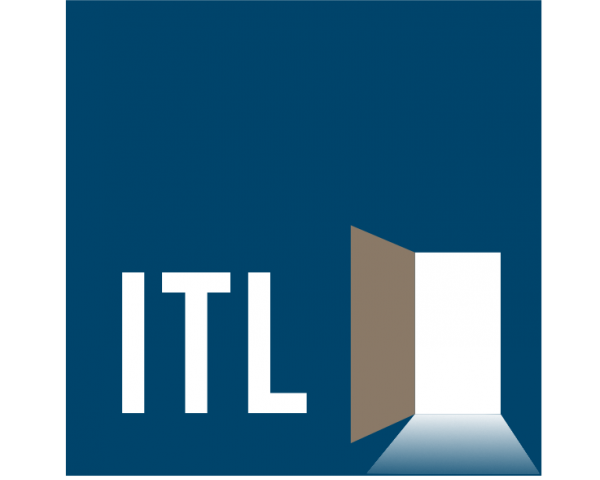Behavioral economists have done numerous studies showing that “free” is magic. Even if something has a tiny cost, people still do a calculation of some sort that weighs that cost against the benefits. Even if they decide to proceed, there may be some sort of hesitation and delay. When there’s no cost, well, what the heck? Why not? The IoT is heading toward “free” for some aspects of homeowners insurance, in the process accelerating the industry’s move toward a Predict & Prevent model and away from the traditional approach of helping make people whole after a loss. The Ting, from Whisker Labs, has become the poster child for Predict & Prevent, as insurers have distributed it free – that magic concept – to homeowners to detect electrical faults and prevent fires. Some 1.2 million are installed in the U.S., and that number is increasing roughly 50,000 a month. Water leak sensors may have just hit the tipping point, too. They’ve been trickier than sensors for electrical faults both because they are typically deployed throughout a home and because action has to be taken quickly once a leak is detected; by contrast, a sensor detecting an electrical fault can usually summon an electrician well in advance of any fire. My burst of optimism stems from this month’s interview with Nga Phan, head of product at bolt, who says they have a program that has proved out the economics of having insurers provide leak sensors for free to homeowners. She says bolt’s program has shown that its inexpensive set of sensors can reduce the frequency of water damage events by 40% and severity by as much as 28%. Because water leak risks account for 40% of the premium for a typical homeowners policy, she says, the Predict & Prevent approach justifies a significant reduction in costs for the homeowner, while improving profitability for insurers. The bolt sensors have been deployed in 25,000 homes, which, to me, still isn’t a full-blown rollout, but Phan says she’s confident that the results are rock solid and will hold up as more insurers come on board. In any case, there are lots of signs pointing toward the sort of progress bolt is seeing. For instance, HSB (one of the companies, along with Chubb, that I’ve viewed as pioneers on deploying water sensors) recently announced a partnership with Flume. Flume, rather than deploying the sort of hockey puck-sized sensors that bolt and others use, monitors water flow to a house and alerts the policyholder if there’s an anomaly suggesting a leak. Other companies are installing shutoff valves, as well as sensors, in homes so damage can immediately be halted if a leak is detected. That approach is much more expensive, while being much more foolproof. Whichever approach wins, it’s always encouraging to see multiple approaches toward an important goal. And once sensors get installed, they can provide other benefits – much as the Ting, now installed in so many homes, is not just detecting problems in individual homes but is identifying risks in the electrical grid. Phan certainly has big plans for the sensors bolt is installing. I think you’ll find the interview encouraging. Cheers, Paul | 

